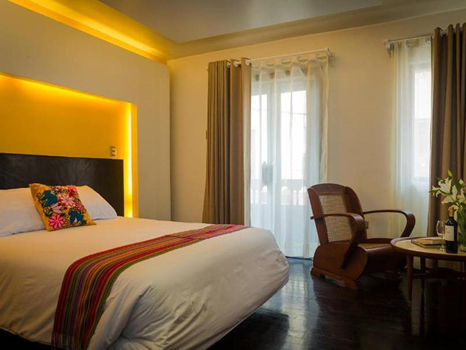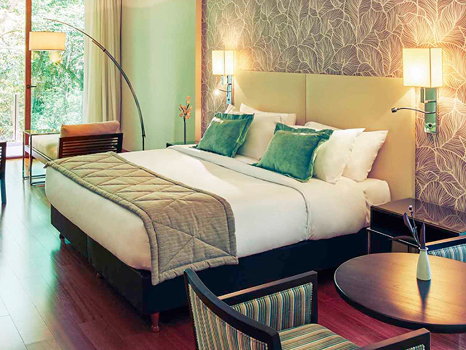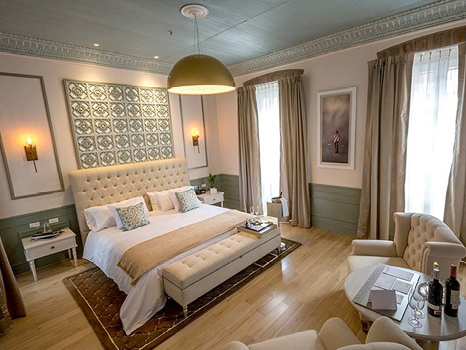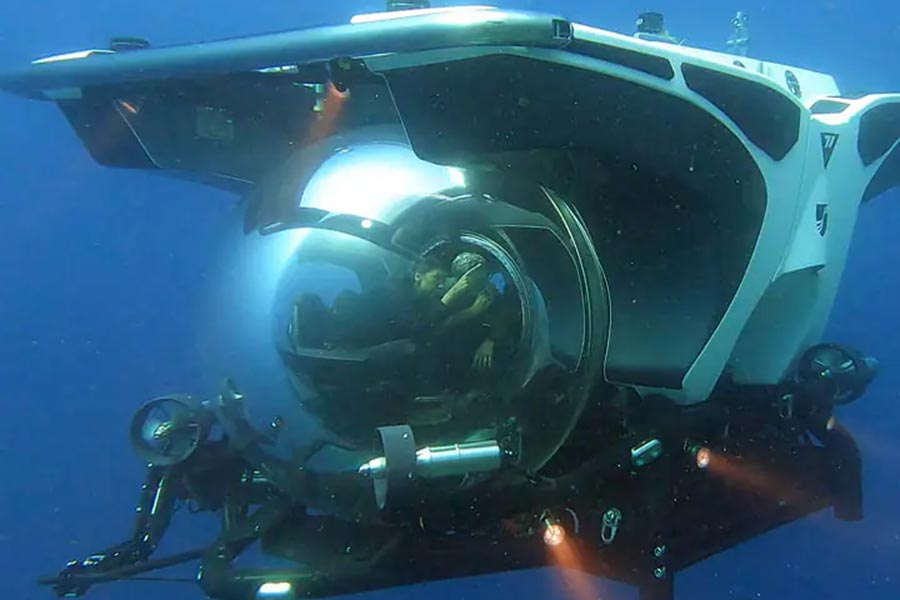FROM PRICE INFORMATION
- From Price based on 26 Jul 26 - Veranda Suite v1 Cabin
- Pricing is dynamic in nature and subject to change until booking is confirmed
- Valid until 30 Apr 2025 or until sold out, varied or withdrawn prior
Please Contact Us for the latest availability, pricing and details of your preferred voyage. Chimu Adventures are Arctic expedition experts and we will endeavour to find you the perfect cruise to ensure you have an unforgettable adventure!
See detailed promotional T&Cs below
NOTE: Pricing is subject to change, currency fluctuation and availability at the time of booking and may be varied without notice by us or any of the operators and partners we work with. It is only confirmed and guaranteed at the time of making a booking, agreeing to our terms and conditions and paying a deposit.































